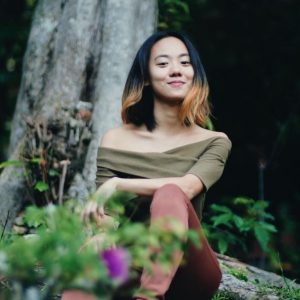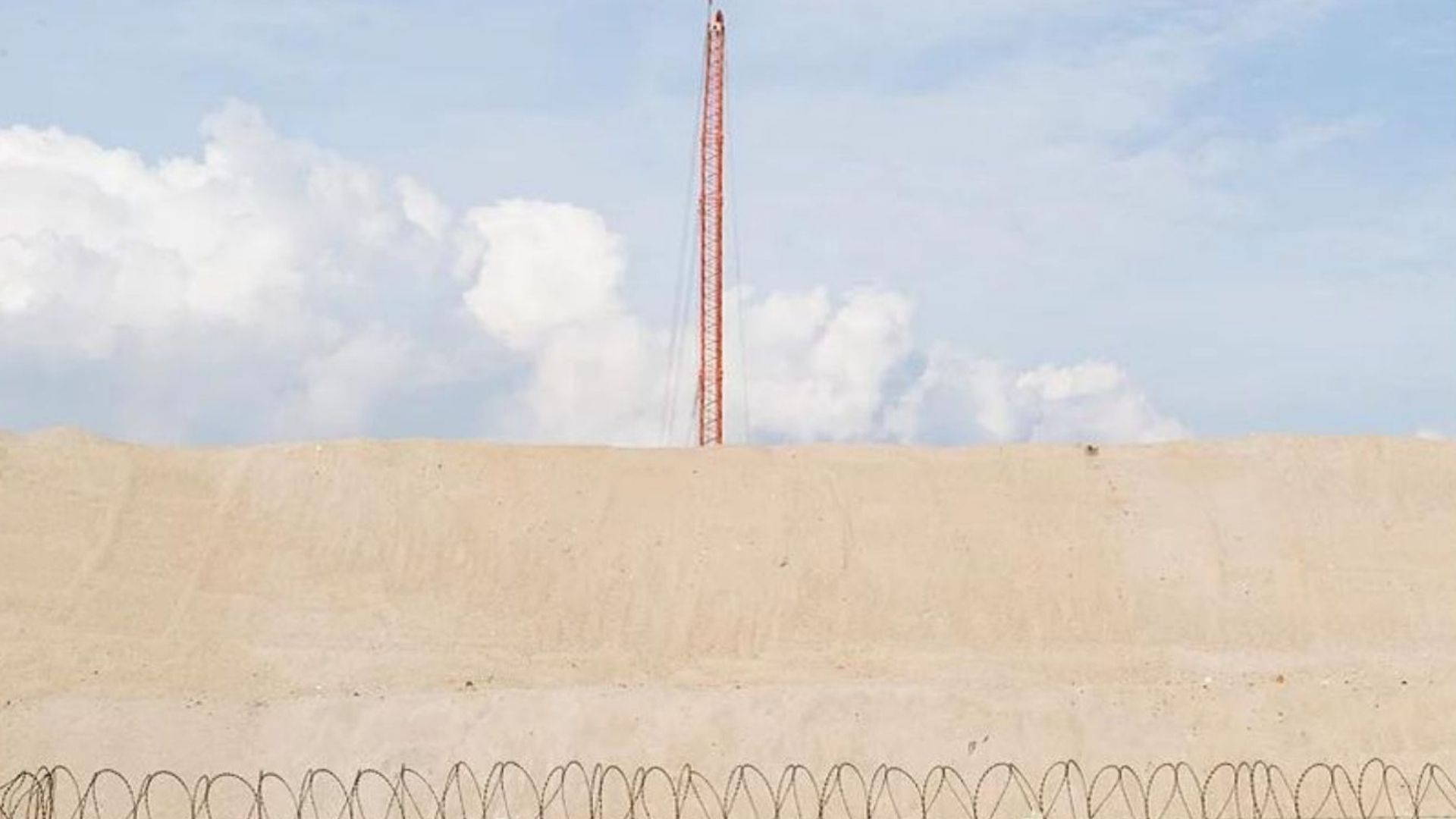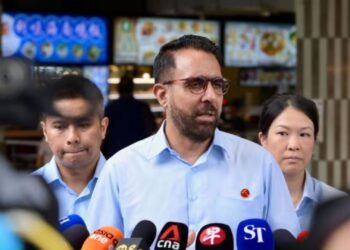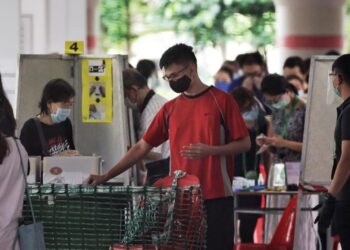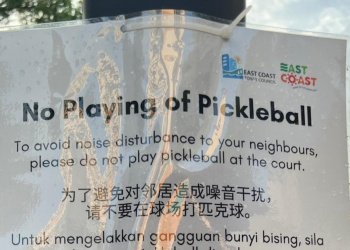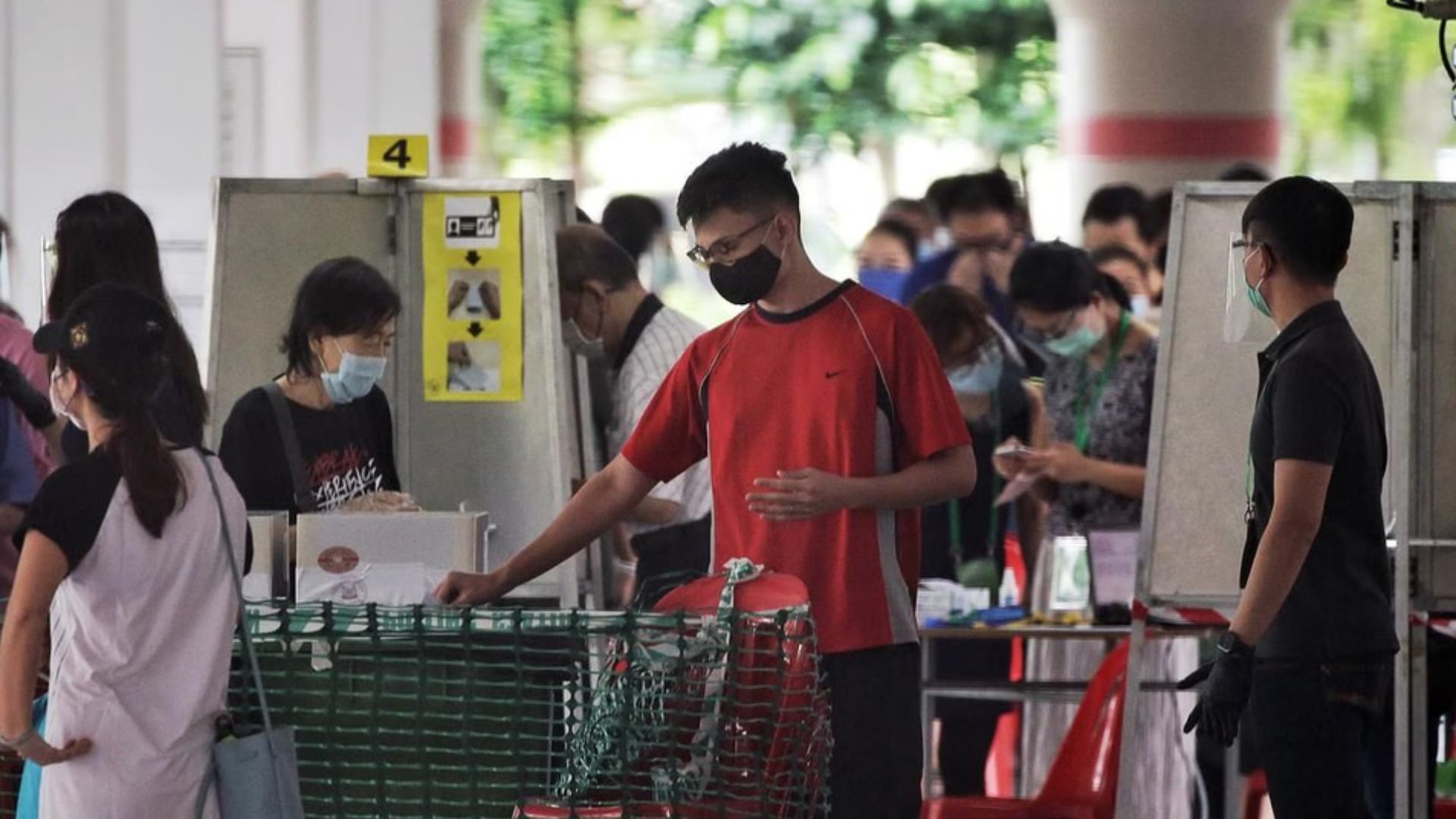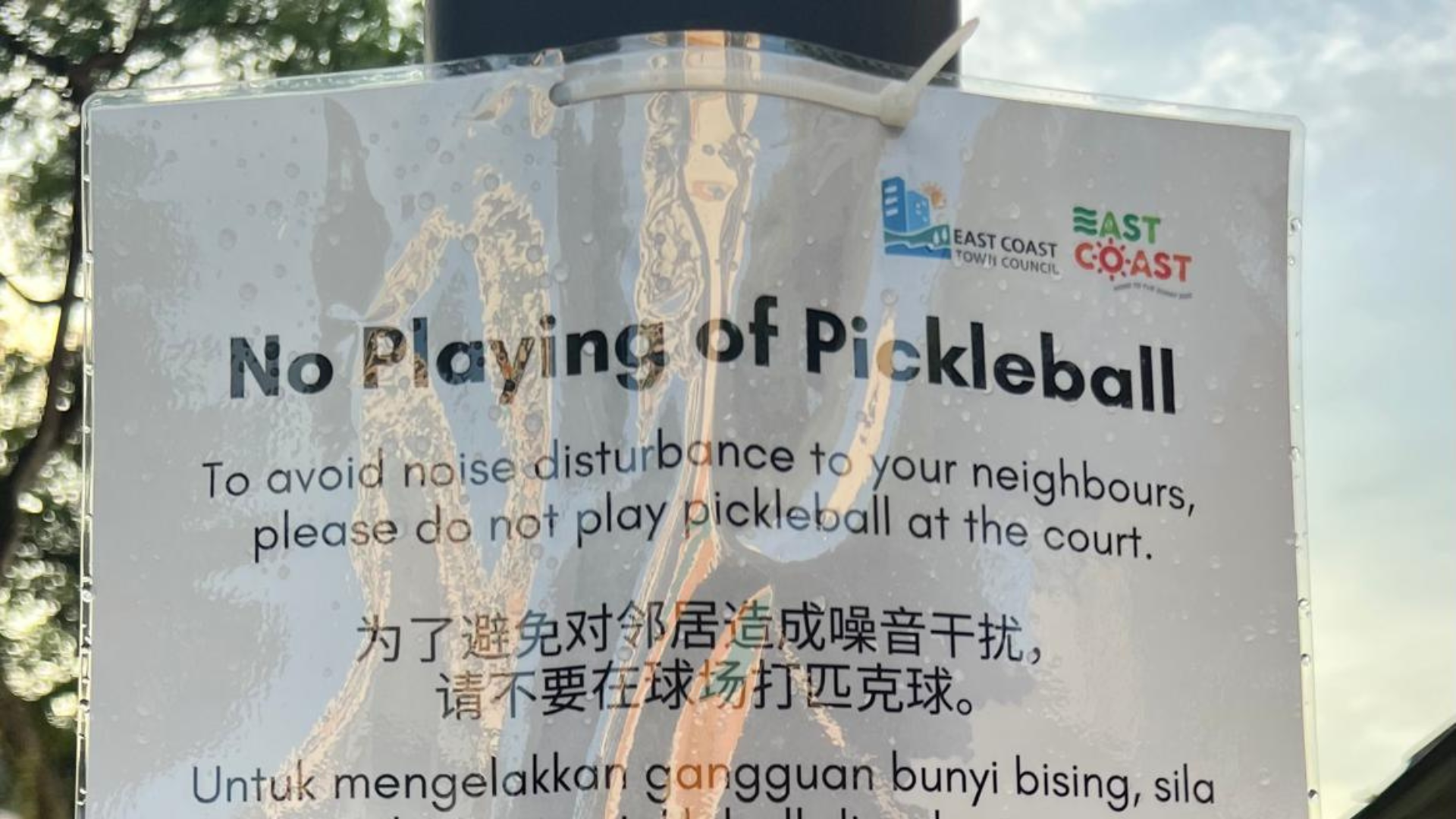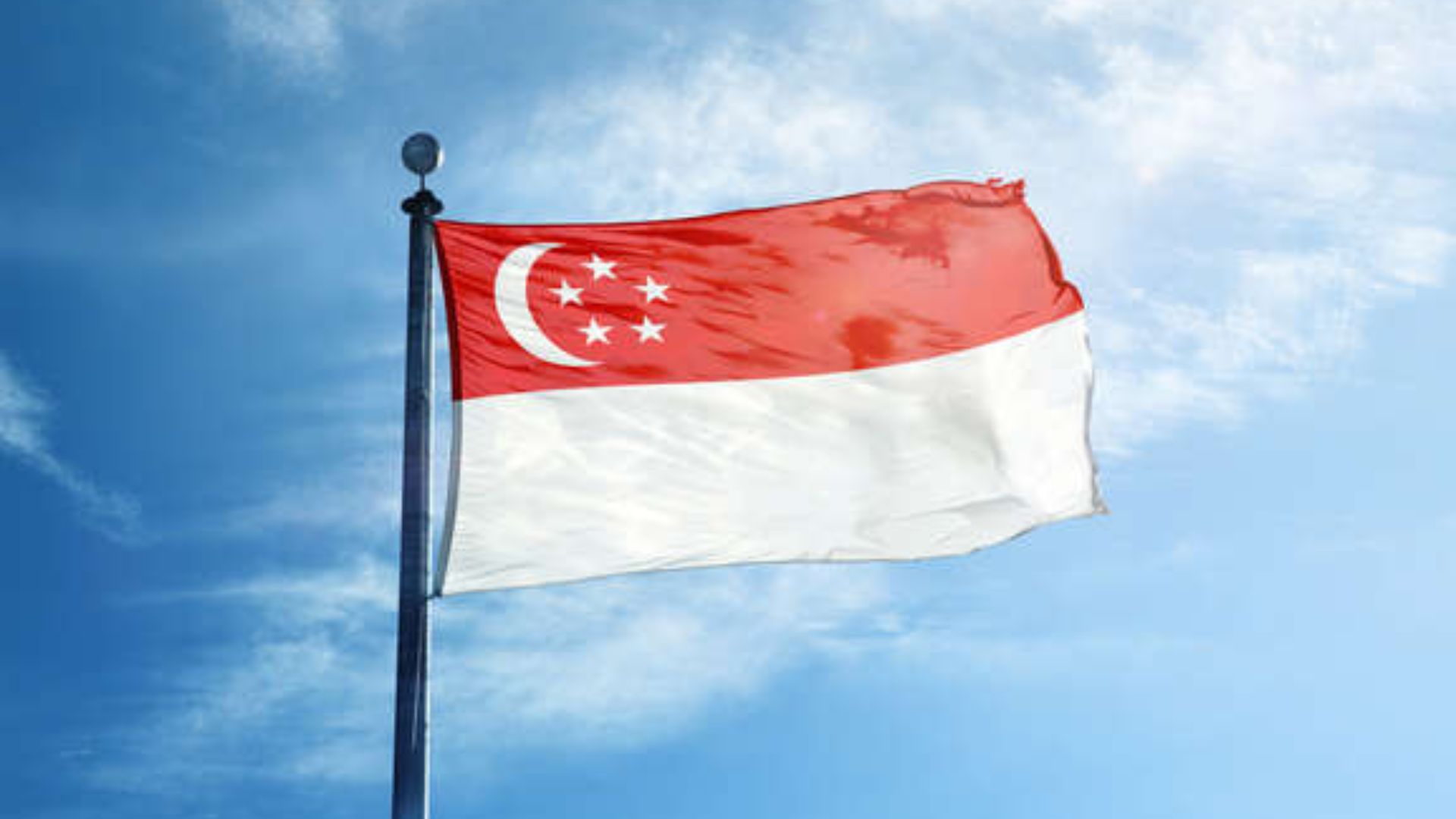Have you ever stood atop a piece of land and wondered what it looked like just decades ago? Or what had to happen for it to evolve into the space you knew and loved in that moment?
At a playground on a hill in Dhoby Ghaut at seven years old, Ms Madhumitha Ardhanari came to a curious realisation that the sand she was playing with came from somewhere far away, because she found seashells in it.
Today, the Senior Sustainability Strategist at Forum for the Future (FFTH) focuses her research on sand extraction in Singapore — the invisible backbone of the island-state’s urban economy.
“Singapore is the largest importer of sand in the world. Much of our sand has been taken from other parts of Singapore itself or Southeast Asia, and has now become a permanent part of our lived experience in our spaces,” she says.
Along with Mr Ho Xiang Tian, co-founder of environmental group LepakinSG and Ms Woo Qiyun, sustainability consultant and founder of social media platform, @theweirdandwild, Ms Madhu were the panellists in creative workshop gallery STPI’s youth-led forum, Hereafter. It contemplated the social, political, environmental, and cultural complexities of land reclamation in Singapore.
The hybrid webinar was held in conjunction with artist Charles Lim Yi Yong’s ongoing exhibition: Staggered Observations of a Coast. The exhibition is part of his larger project, SEA STATE — a ten-chapter contemplation of how Singapore “reclaims and recreates itself constantly” through the act of land reclamation, thus “finding ourselves at the centre of global debates surrounding resource use, climate change, and territorial sovereignty.”
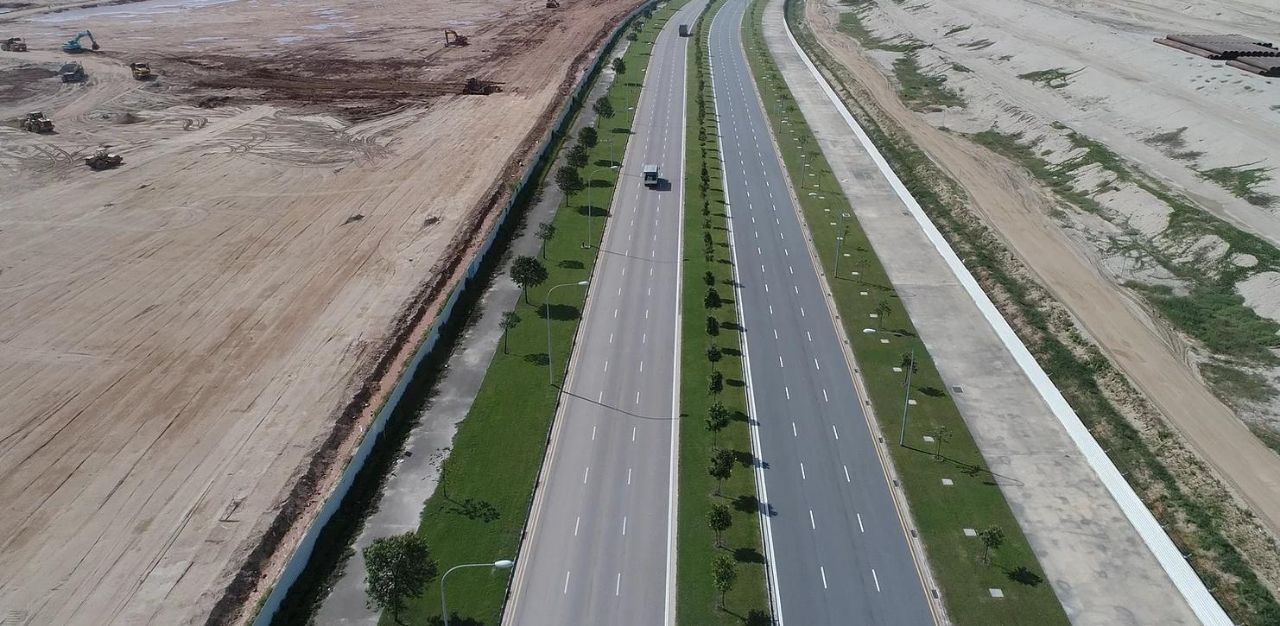
Land reclamation in Singapore can be dated back to colonial times, according to Ms Madhu. Sand had to be dredged out of these areas in order to make way for large European barges. Excess land that was taken out of these spaces were then used to extend the shores of this sunny island.
“Even though that is a practice that started with the British, what has since happened is that land reclamation became a really consolidated and legitimised practice that exploded. Our landmass has grown 25 per cent since then,” she says.
Entire hills were flattened like pancakes in order to make way for more land in this country, such as Mount Wallich, which used to rest in the Tanjong Pagar estate — and spaces that we know and love today, such as East Coast Park, Marine Parade, and Marina Bay Sands, are all built upon reclaimed land, adds Mr Ho.
(Map courtesy of Our Wild Spaces)
Truly a ‘land-scarce island state’?
For many years, the narrative surrounding land reclamation in Singapore has largely been policed by the state.
“The sentiment behind it is that we needed [to reclaim land] to grow, and for our economy to flourish. We needed this to be able to house our people and give them good spaces to live in. That this is a necessary evil — or even a win-win situation,” says Ms Madhu.
The act of land reclamation, without consideration for intersectionalities of any kind, would be considered an “equal exchange”, because we are “paying them to give us their land”.
And that is undeniable for the most part, especially during the early years of Singapore’s independence. But today, Singapore is forced to confront its culpability on other fronts as a result of this long-standing practice.
To date, Indonesia has lost 24 islands to Singapore’s need for land reclamation. As the seemingly infinite resource ran out, the nation started buying sand from other remote parts of Malaysia, and then going as far as Cambodia and Vietnam.
“This is a material that is so vastly available in people’s understanding, but in reality, we’re running out of it,” says Ms Madhu.
In the documentary, The Lost World, Cambodian activist and filmmaker Kalyanee Mam shares how the fish that the fishermen are catching, the mangroves she grew up with, and the land she grew up in are being lost to Singapore.
Amid the near-utopic conditions that citizens of the lion city live under, few would be politically or socially exposed to the instances of land erosion, community displacement, floods, or droughts in obscure parts of our Southeast Asia neighbours — all of which can be linked to Singapore’s land reclamation pursuits.
Because it was so crucial for Singapore’s perceived development and land security, there needed to be silence around the now highly-politicised practice.
“In the state narrative — the dominant narrative — there is a lot of erasure of space, as well as being able to inquire into this without being seen or felt like a threat [to national security],” she adds.
In fact, land reclamation activities have, in many ways, also threatened the security of our local heritage, communities, and ecosystems.
“In Singapore, about 70 per cent of our coasts are defended by harsh structures, so in places where your sea walls rise straight up, corals cannot come back — nothing can come back,” says Mr Ho.
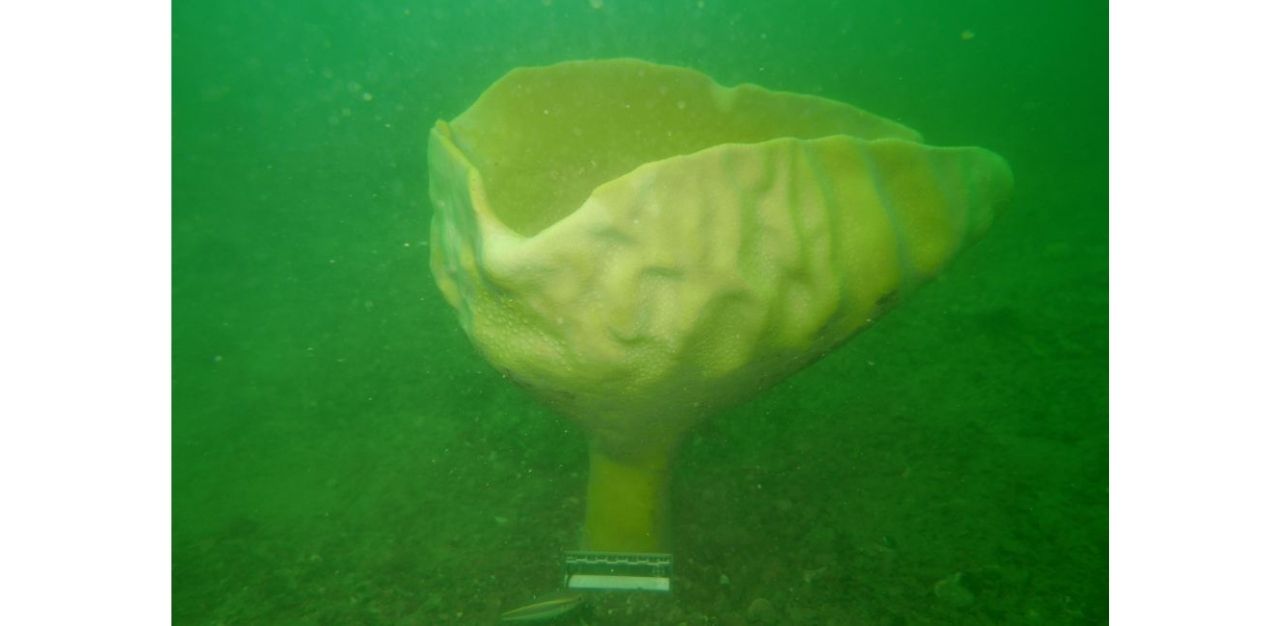
“We have about one-third of the world’s coral species, but most Singaporeans don’t know about them. And when you throw sand over everything, we don’t even know what we’re losing,” says Mr Ho.
Indigenous communities like the Orang Laut (people of the sea) that used to live on the coasts or surrounding islands of Singapore tell stories of displacement because of coastline extensions, island mergers, and government-mandated relocation to the mainland.
“This has not only become something that only environmentalists care about, but it’s also something that businesses will also have to, because this is going to hurt their bottom lines,” says Ms Woo. “Removal of key ecosystems could mean increased natural disasters, which does not bode well economically.”
This bit of earth — what is it to you?
In another paradigm, sand would not just be thought of as merely a material to be traded, but as particles of heritage, a finite natural resource, and home and land to other people and creatures — long before, and long after, we occupy them.
For that to happen, we need to first think deeply about which spaces matter to us, whether consciously or subconsciously. “I think everyone here probably has a very close connection to a piece of land that we’ve grown up seeing or hearing about,” says Ms Woo.
For her, it was a vast green space outside where she lived before, where people were catching tadpoles, flying kites, and playing soccer. Within the next ten years, two condos replaced that space, and before she knew it, the entire area was devoid of communal activity of any kind.
“I was very sad to see this big piece of greenery go away, but it also affected the way the community rallied around these kinds of spaces, because these became privatised land, and we had no access to it. I thought that was a very huge loss to my neighbourhood,” she adds.
In light of losses like this, Ms Woo encourages Singaporeans to think about how much ownership each individual has over such land-use decisions. “I never wanted two condos outside my house, but I was told that they brought about GDP and socioeconomic growth. So, how much of all this land development are things we necessarily want? Or are we told to want these things?” she asks.
While the scramble for Build-To-Order (BTO) apartments and land scarcity issues are acknowledgedly big problems to tackle, one can’t help but wonder how much of our land use decisions are presented as a zero-sum game, when island-state has hundreds of shopping malls and 18 golf courses too many.
“How many shopping centres do we realistically need on this small piece of land? I don’t think we all have the same idea of what our land should be used for, and it’s precisely because of that that I think we need to really interrogate what we really want or need,” says Ms Woo.
Rethinking infinite growth and capitalism
Even though the island state has already grown 25 per cent since pre-colonial times, there have yet to be plans to stop — so the question really is, how much more do we want to grow? “Why are we growing? Is there an alternative to growing our land area in order to meet our economic, residential, and recreational needs?” asks Mr Ho.
Under the capitalist growth model, we make the bold assumption that growth is unlimited, and that many things can be achieved because of human ingenuity. “Our lack of connectedness to the limit [of growth] puts us in an ignorant place,” says Ms Woo, who looks to indigenous knowledge for wisdom on how to live harmoniously with our physical environment.
Given the nation’s political history, Ms Madhu finds that there exists a need for a certain rationality that “creeps into everything we do”. In planning the future, for example, land use decisions are dominated by what is logical, based on our need for growth, and to maintain a level of comfort.
“An alternative rationality is needed in order to shape a different future that is a bit more humble, and puts humans a bit less on a pedestal,” she says. “Can we ask ourselves what stays sacred in this country — such that all other rationalities rearrange themselves around what shouldn’t be touched?”
All on this land have a stake
According to Mr Ho, this year is very special, because we have a once in a lifetime opportunity to shape the way Singapore will look like in the next 50 years.
The Urban Redevelopment Authority (URA) will hold a long Long-Term Plan Review (LTPR), playing out three different scenarios in which Singapore will be developed.
In recent years, the state has made significant strides in ensuring stakeholders on the ground are heard. Environmental Impact Assessments (EIAs), town hall sessions, and public consultations have become increasingly integrated into big land-use decisions — and Mr Ho urges Singaporeans to make full use of this newfound agency.
“Previously, if a place is slated for residential development, you can’t really change that decision anymore — you can only minimise its impacts. But with the LTPR, we can have a say in whether we should be preserving more of the things that matter to us,” he says.
At present, roads take up 12 per cent of the sunny island’s total land cover, exceeding that of zone nature spaces (8 per cent). Unzoned nature spaces are more likely than not to be unprotected and thus developed in the coming years, says Mr Ho.
Ms Woo finds the public outcry over the development of Coney Island and Dover Forest to be encouraging because communities are starting to take ownership of what we want our spaces to look like.
“But it also made me wonder whether we are forgetting other pieces of land, especially when they are not publicised. Do we forget them easily because they don’t make the headlines, and who gets to make sure that this goes on our headlines?” she asks.
In light of this, the bottom line is to first cultivate a connection with the spaces around us, because “you can’t protect what you don’t love, and you cannot love what you don’t know”, says Mr Ho.
Join the conversations on TheHomeGround Asia’s Facebook and Instagram, and get the latest updates via Telegram.
